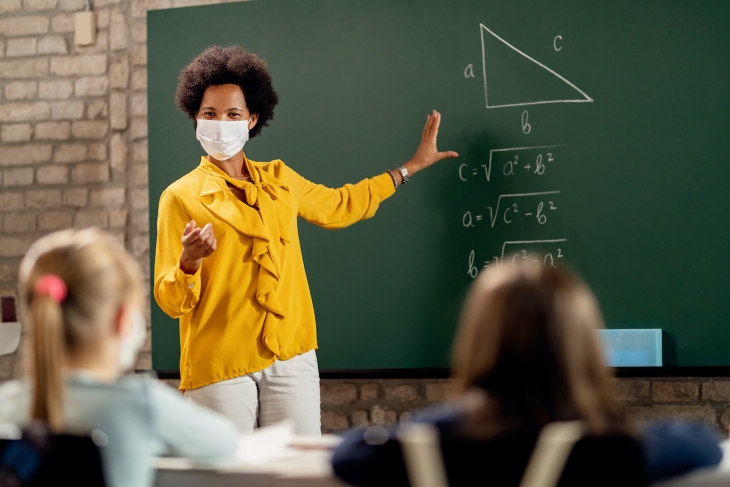The pandemic has now disrupted two consecutive school years, and its effects are certain to linger for years to come. Unfortunately, some students will be more impacted than others. The long-standing achievement gaps facing low-income and minority students, as well as English language learners and students with disabilities, have likely been exacerbated by school closures and uneven remote learning opportunities. To close these gaps, schools will need solid data on how much students have—or haven’t—learned since the start of the pandemic.
Back in April, NWEA used summer learning loss data to estimate the potential academic impacts of Covid-19 disruptions. Now that many schools have administered its fall 2020 diagnostic assessments, NWEA is back with additional research that sheds more light on student achievement and learning loss during the pandemic. Their dataset includes nearly 4.4 million U.S. students in grades three through eight who took NWEA’s MAP Growth assessments administered both remotely and in person this fall, as well as data from previous years. This testing sample represents just under one tenth of the approximately 50 million U.S. public school students. (For more on data and methodology, see the technical appendix.)
It’s important to acknowledge at the outset that there are some limitations to this brief. The authors note that “student groups especially vulnerable to the impacts of the pandemic were more likely to be missing” from their data. As a result, the findings outlined below are not necessarily representative of American students at large. NWEA found that a larger fraction of missing students were racial minorities, students with lower achievement in the fall of 2019, and students who attended schools with higher concentrations of economically-disadvantaged students. In addition, students who were tested in the fall of 2020 demonstrated higher average baseline achievement scores and were demographically different, meaning they were racially less diverse and attended higher socioeconomic schools than students who did not take an assessment. Taken together, these findings indicate that a large chunk of vulnerable students weren’t tested this fall, aren’t included in NWEA’s data, and are very likely falling through cracks. As a result, the serious impacts of the pandemic on student achievement are potentially being underestimated.
All that being said, there is still plenty of useful data in NWEA’s study. To start, the authors compared how students in grades three through eight scored in fall 2019 compared to students in the same grades in fall 2020. Findings indicate that students scored 5 to 10 percentile points lower in math this fall. And while they performed similarly in reading—median percentiles for this fall were similar to those of students in the same grade last fall—there was also initial evidence of small declines that were disproportionately concentrated among Hispanic and Black students in upper elementary grades.
To determine if there have been learning gains since the pandemic started, the authors examined students who were tested in winter 2020—prior to the onset of Covid-19 shutdowns—and then tested again in the fall of 2020. They then compared the math and reading growth patterns they observed in 2020 to growth patterns in the same grade levels during winter and fall of 2019. On average, students grew in both subjects across all grade levels, with the exception of math in grades five and six. But a smaller proportion of students showed positive math growth in 2020 than in 2019. In fact, nearly twice as many students moved down a quintile in math achievement compared to the previous year. Reading growth was about the same in both years.
To close out the brief, the authors note that lower-than-average gains in math indicate that students are falling behind and need intervention. In addition, the lower reading scores for Hispanic and Black students in certain grades, along with the underrepresentation of these students in fall 2020 data, should make connecting with students and providing immediate support a top priority for schools. To aid in these efforts, state and federal governments will need to provide additional funding. Gathering more and better data will also be crucial. The authors recommend that districts and states collect and report data on learning opportunities, academic achievement, and students’ social and emotional well-being.
SOURCE: Megan Kuhfeld, Beth Tarasawa, Angela Johnson, Erik Ruzek, and Karyn Lewis, “Learning during COVID-19: Initial findings on students’ reading and math achievement and growth,” NWEA (November 2020).


